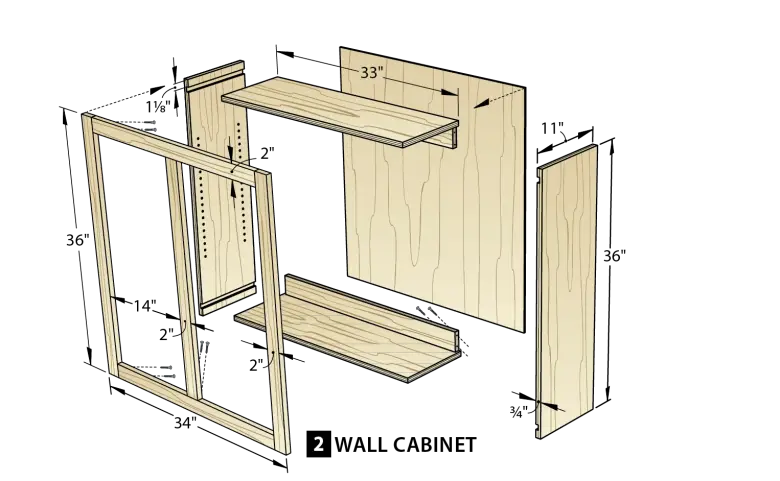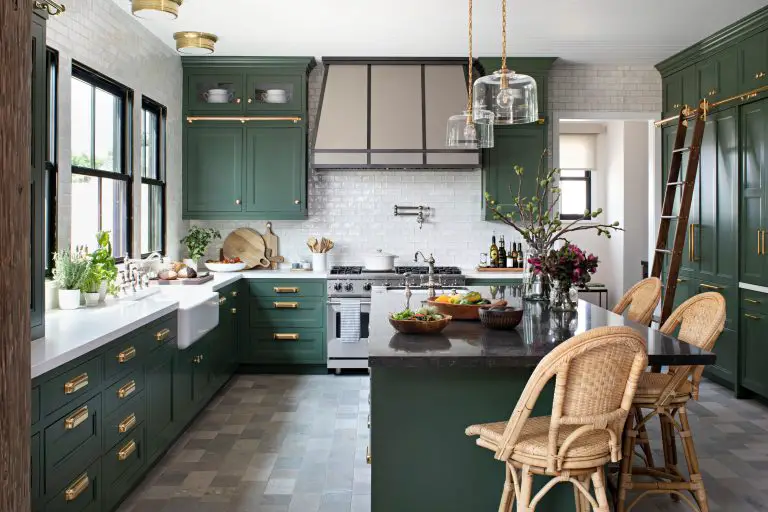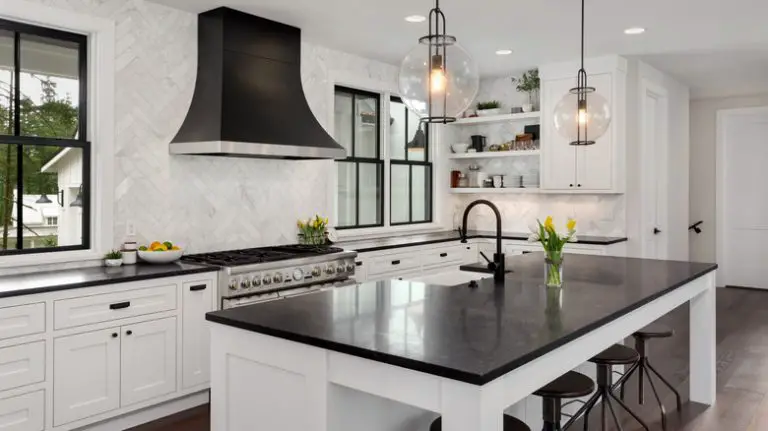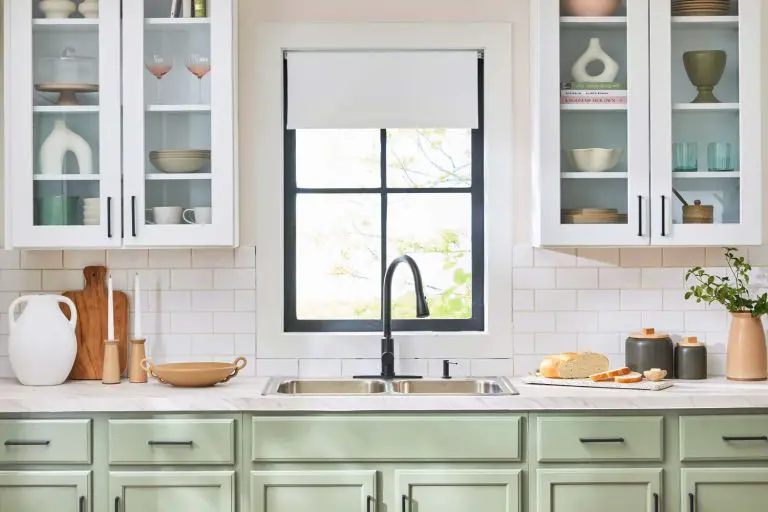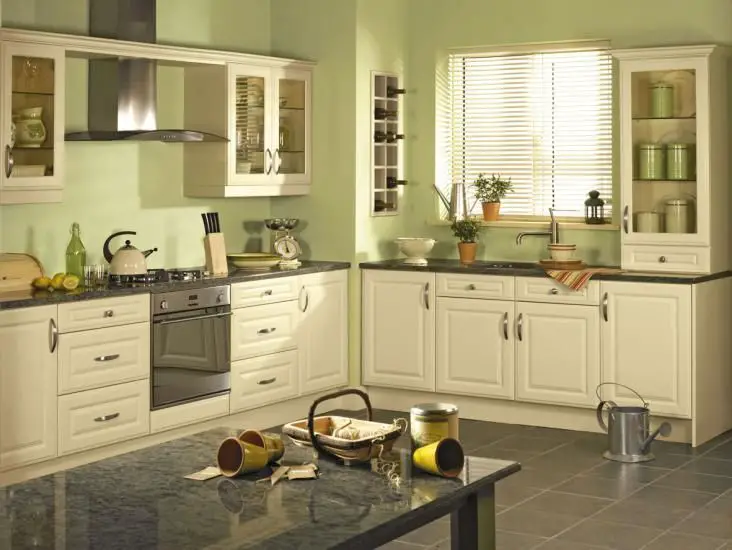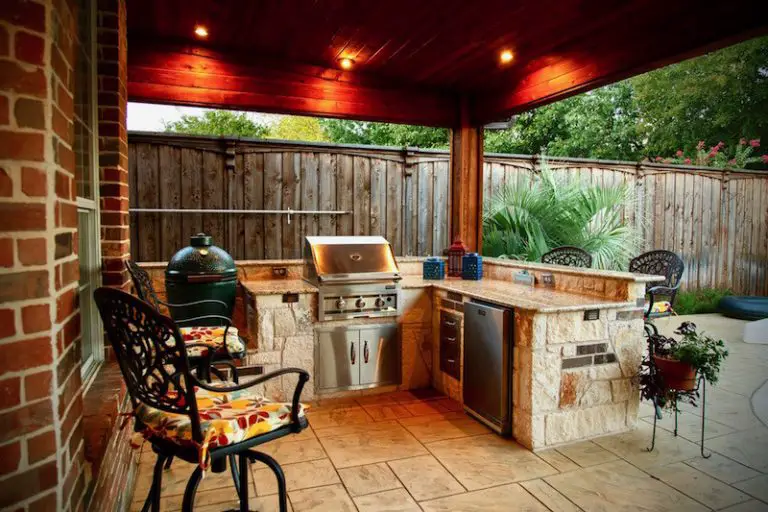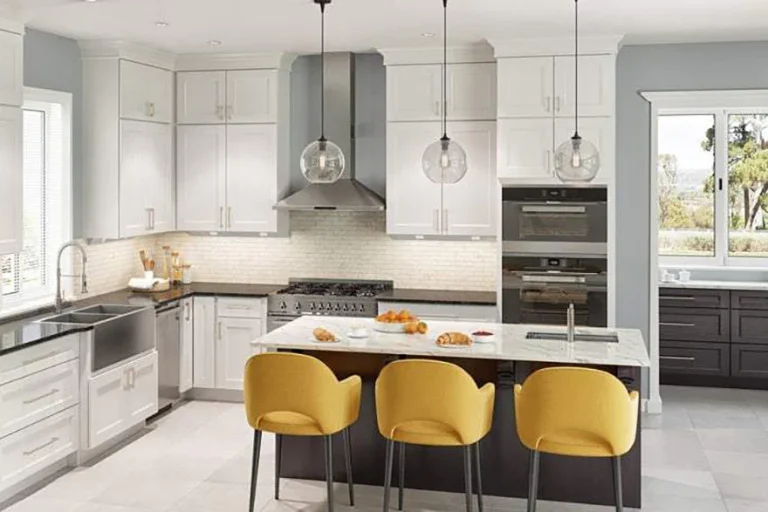How Thick Are Cabinet Walls?
Cabinets are an important part of any kitchen design, and understanding how thick their walls are can help you make the best decision for your space. Cabinet walls come in a variety of thicknesses, ranging from 1/2 inch up to 1 1/4 inches. Different materials are used for cabinet walls, including plywood, particle board, and medium-density fiberboard (MDF). The thickness of the cabinet wall will affect the durability of the cabinet, as well as its overall weight and cost. Knowing the thickness of the cabinet walls is important for both aesthetic and structural purposes when planning your kitchen.
Cabinet Wall Materials
Cabinet wall materials offer a variety of advantages and are an essential component for any home or office space. They are available in a wide range of styles, colors, textures, and finishes, making them an ideal choice for any aesthetic. Cabinet wall materials come in various materials like wood, metal, laminate, and melamine, each with its own unique benefits. Wood is a classic choice for its timeless beauty and durability. Metal is strong and long-lasting, while laminate and melamine offer a budget-friendly option that is easy to clean and maintain. Cabinet wall materials can be used to create stylish and functional cabinets that will last for years to come.
Cabinet Wall Thickness Variations
Cabinet wall thickness variations can often be a source of confusion when building or remodeling cabinetry. The wall thickness of the cabinets needs to be taken into account when determining the overall size of the cabinet, as well as the location of the hinges and other hardware. This is especially important when dealing with custom cabinets, as the wall thickness can vary between different manufacturers and even with different cabinet styles from the same manufacturer. Knowing the correct wall thickness is essential for a successful cabinet project.
Factors That Influence Cabinet Wall Thickness
Cabinet wall thickness is an important factor to consider when selecting the right cabinet for your home or office. Thickness affects the stability of the cabinet, its ability to support weight, and the amount of noise it makes when being used. Different materials used in cabinet construction have different levels of thickness, with more expensive materials often being thicker than less expensive ones. Additionally, the number of shelves and drawers in the cabinet also affects the thickness of the wall. Finally, the type of installation desired, such as recessed or surface mounted, can influence wall thickness. All these factors should be taken into account when selecting the right cabinet wall thickness for your space.
Comparing Cabinet Wall Thicknesses
Cabinet wall thickness is an important factor to consider when selecting and purchasing cabinetry for any space. The thickness of the walls can impact the durability and longevity of the cabinets, as well as the overall look and feel of the space. This blog post will provide some insight into the different thicknesses of cabinet walls, and compare the various features and benefits of each. From traditional cabinet wall thicknesses to more modern and contemporary options, we will examine the pros and cons of each and provide a comparison of their characteristics. We’ll also discuss the importance of choosing the right thickness for your space and provide tips on how to choose the best option for your needs.
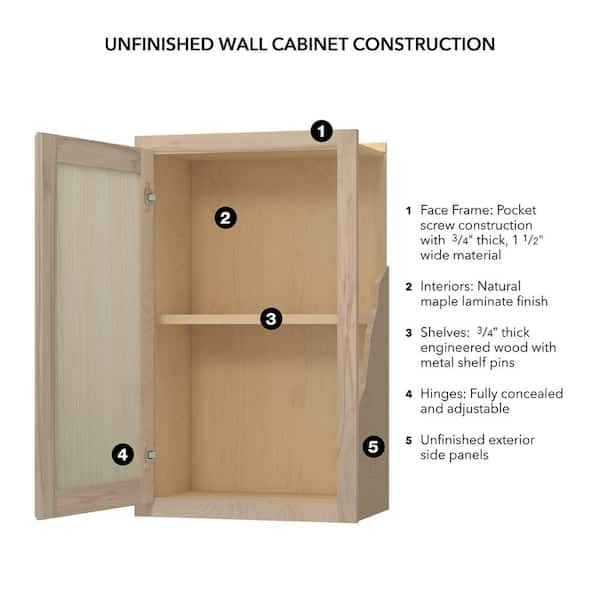
Pros and Cons of Cabinet Wall Thicknesses
When it comes to selecting the right cabinet for your kitchen, one of the most important decisions you will have to make is choosing the right wall thickness for your cabinets. Many homeowners are unaware of the pros and cons associated with different cabinet wall thicknesses. As such, let’s take a closer look at the benefits and drawbacks of each option so you can make the best decision for your kitchen.
When it comes to cabinet wall thicknesses, the two most common options are 3/4-inch and 1/2-inch. A 3/4-inch cabinet wall is much sturdier than a 1/2-inch cabinet wall and is the ideal option for heavier items such as large appliances, cookware, and dinnerware. On the downside, 3/4-inch cabinet walls are more expensive and can take up more space due to their bulkiness.
By contrast, 1/2-inch cabinet walls are cheaper and take up less space, making them the perfect option for smaller kitchens. However, they are not as sturdy as 3/4-inch cabinet walls, so they are not recommended for heavier items.
No matter which wall thickness you choose, it’s important to ensure that your cabinet is designed and installed by a professional to ensure that it will last for years to come. By taking the time to understand the pros and cons of cabinet wall thicknesses, you can make the best decision for your kitchen.
Cabinet Wall Thickness and Durability
Cabinet wall thickness is an important factor when it comes to cabinet durability. Thicker cabinet walls are more resistant to damage, such as dents and scratches, and can stand up to the wear and tear of everyday use. In addition, cabinets with thicker walls are usually sturdier and can support heavier items. When selecting cabinets, be sure to pay attention to the wall thickness – it can make a big difference in how long your cabinets last.
Cabinet Wall Thickness and Safety
The thickness of the walls of your cabinets is an important consideration when it comes to safety. Cabinetry walls provide a protective barrier between you and the potentially hazardous contents within. Thicker walls are often more resistant to impacts, meaning that your belongings will remain safe and secure. Additionally, thicker walls can also provide improved insulation, making it easier to maintain a safe and comfortable environment. It’s important to take into account the size and weight of the items you plan to store when considering the thickness of your cabinet walls. By choosing the right thickness for your needs, you can ensure that your home and its contents remain safe and secure.
FAQs About the How Thick Are Cabinet Walls?
1. What is the standard thickness for cabinet walls?
Answer: The standard thickness of cabinet walls is 3/4″ (19mm).
2. Are cabinet walls available in other thicknesses?
Answer: Yes, cabinet walls are available in other thicknesses such as 1/2″ (13mm), 5/8″ (16mm), and 1″ (25mm).
3. Is it possible to customize the thickness of the cabinet walls?
Answer: Yes, it is possible to customize the thickness of the cabinet walls depending on the specific requirements of your project.
Conclusion
Cabinet walls vary in thickness depending on the design and material used. For most kitchen and bathroom cabinets, the walls are usually made out of plywood or particleboard, with a thickness of about 0.75 to 1.5 inches. The wall thickness also depends on the cabinet style, with some cabinets having walls that are as thick as 2 inches. No matter what type of cabinet you have, it is important to make sure that the walls are strong and sturdy enough to support the items that you plan to store inside.

